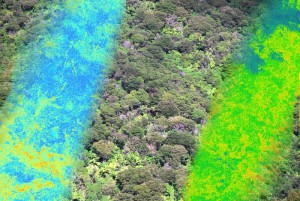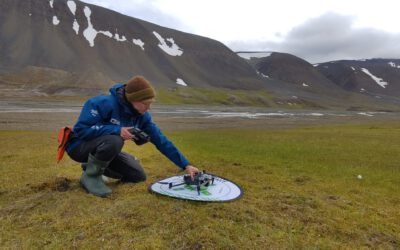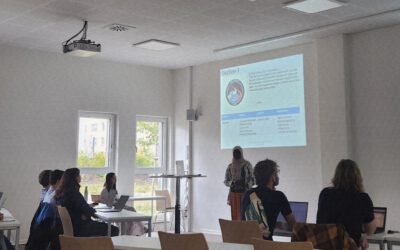our new article just got published online in “Movement Ecology” on the added value of fractional cover analysis using remote sensing data to explain spatio-temporal animal movement patterns. More in-depth analysis are needed to compare and evaluate the importance of different remote sensing derived parameters for this kind of analysis.
Linking animal movements to landscape features is critical to identify factors that shape the spatial behaviour of animals. Habitat selection is led by behavioural decisions and is shaped by the environment, therefore the landscape is crucial for the analysis. Land cover classification based on ground survey and remote sensing data sets are an established approach to define landscapes for habitat selection analysis.We investigate an approach for analysing habitat use using continuous land cover information and spatial metrics. This approach uses a continuous representation of the landscape using percentage cover of a chosen land cover type instead of discrete classes. This approach, fractional cover, captures spatial heterogeneity within classes and is therefore capable to provide a more distinct representation of the landscape. The variation in home range sizes is analysed using fractional cover and spatial metrics in conjunction with mixed effect models on red deer position data in the Bohemian Forest, compared over multiple spatio?temporal scales.
We analysed forest fractional cover and a texture metric within each home range showing that variance of fractional cover values and texture explain much of variation in home range sizes. The results show a hump?shaped relationship, leading to smaller home ranges when forest fractional cover is very homogeneous or highly heterogeneous, while intermediate stages lead to larger home ranges.
The application of continuous land cover information in conjunction with spatial metrics proved to be valuable for the explanation of home-range sizes of red deer.
Mirjana Bevanda, Ned Horning, Bjoern Reineking, Marco Heurich, Martin Wegmann and Joerg Mueller
Adding structure to land cover – using fractional cover to study animal habitat selection
http://www.movementecologyjournal.com/content/2/1/26/abstract







